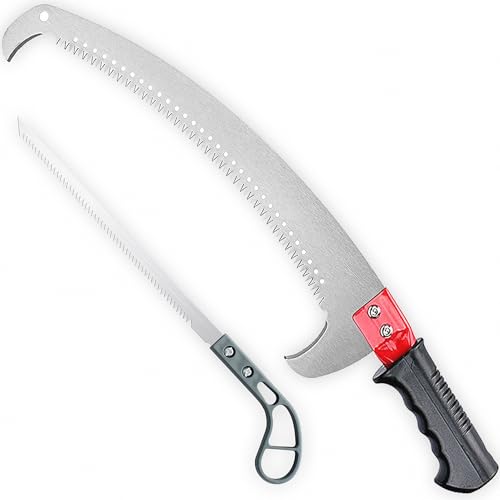Aviacs
ArboristSite Lurker
Doesn't anyone kiln dry the firewood they sell?
We have been fortunate that our dealer for the past 7 or 8 years does. And it is really cheap: +$50/cord upcharge.
Not only does it dry the wood for far more BTU's and less creosote, but it kills all the "critters" in the wood, if you have long term storage in a dry shed. A competitor early on tried to tell me it was not worth it "they only go down to 20%" he lied. Since i use a moisture meter every week for work, it was easy to check up on the wood we received (always straight from the kiln, usually still warm). Wood is often drier than 9%, though it will pick up to 12% if kept over a full year. It can take a couple years for the center to get back up to 12% on larger pieces. Still better than AD long term and can be burned "immediately" when received.
I've got a fair woodlot and could process our (wife & me) own annual needs from it.
But why bother with that level of quality. Heading into my early 70's i'd rather spend time doing other things like revenue work in the warm weather and skiing all winter.
smt
We have been fortunate that our dealer for the past 7 or 8 years does. And it is really cheap: +$50/cord upcharge.
Not only does it dry the wood for far more BTU's and less creosote, but it kills all the "critters" in the wood, if you have long term storage in a dry shed. A competitor early on tried to tell me it was not worth it "they only go down to 20%" he lied. Since i use a moisture meter every week for work, it was easy to check up on the wood we received (always straight from the kiln, usually still warm). Wood is often drier than 9%, though it will pick up to 12% if kept over a full year. It can take a couple years for the center to get back up to 12% on larger pieces. Still better than AD long term and can be burned "immediately" when received.
I've got a fair woodlot and could process our (wife & me) own annual needs from it.
But why bother with that level of quality. Heading into my early 70's i'd rather spend time doing other things like revenue work in the warm weather and skiing all winter.
smt
























































